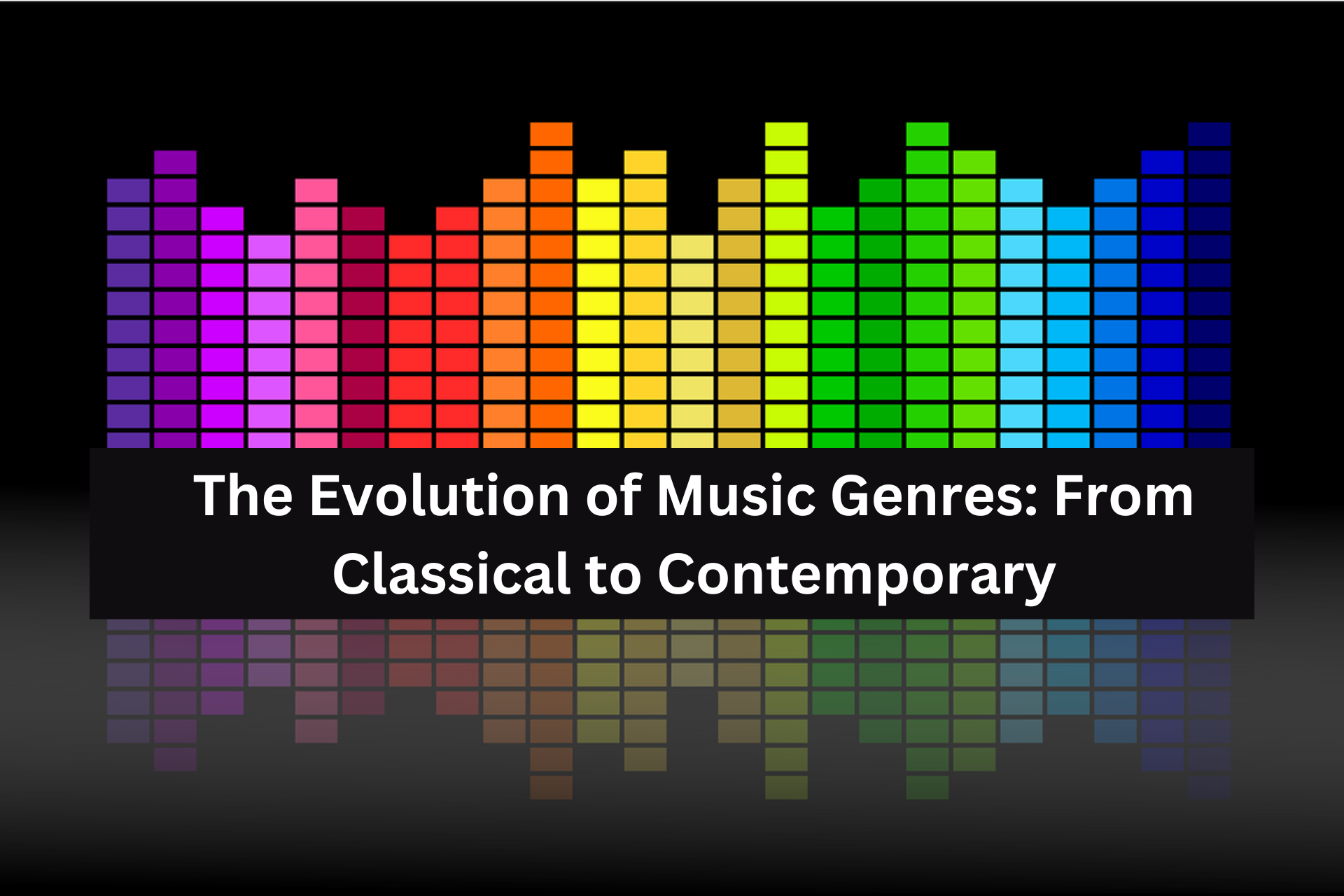Music is not just an art form but a cultural phenomenon that shapes and reflects society’s evolution through the ages. From the intricate compositions of classical music to the raw energy of rock and roll, and the innovative beats of contemporary electronic music, each genre carries the imprint of its era. This article traces the journey of musical genres from the classical period to today’s diverse soundscape, exploring how each movement has influenced and spawned new musical styles.
The Classical Roots
The classical music period, spanning approximately from 1750 to 1820, is foundational to Western musical tradition. This era was dominated by figures such as Wolfgang Amadeus Mozart, Ludwig van Beethoven, and Johann Sebastian Bach. Their compositions were characterized by complex harmony, symmetrical form, and a precise structure aimed at achieving purity and balance. The emphasis was on orchestral music, including symphonies, chamber music, and operas, which were performed in courts and early concert halls to an elite audience. This music emphasized the beauty of form and the discipline of composition, setting a high standard for musical craftsmanship.
The Romantic Transformation
Following the classical period, the romantic era (circa 1830-1900) introduced a new depth of emotional expression in music. Composers like Franz Schubert, Richard Wagner, and Pyotr Ilyich Tchaikovsky pushed the boundaries of musical structure to express more personal and intense emotions. Music became more about storytelling and evoking a broad range of feelings, with expanded orchestras, more dynamic compositions, and the use of leitmotifs to represent characters and themes. This period also saw the rise of nationalistic music, which incorporated folk tunes and traditions into classical compositions to express cultural identity.
The Birth of Jazz and Blues
As the 20th century dawned, African American communities in the Southern United States gave birth to jazz and blues. These genres were deeply rooted in African musical traditions, spirituals, and work songs. The improvisational nature of jazz, characterized by its complex syncopations and polyrhythmic patterns, marked a significant departure from the rigid structures of classical music. Icons like Louis Armstrong and later Miles Davis and John Coltrane continually reinvented the genre, influencing a myriad of other styles. Blues, with its expressive scales and emotive vocals, laid the groundwork for rhythm and blues and rock and roll, epitomized by artists like B.B. King and Muddy Waters.
Rock and Roll Revolution
The mid-20th century witnessed the explosive rise of rock and roll, signaling a profound cultural shift. Artists like Elvis Presley, The Beatles, and The Rolling Stones transformed the music scene with their energetic performances and rebellious spirit. Rock music became a vehicle for cultural and social movements, challenging norms and expressing the youthful rebellion of the 1960s and 70s. This genre branched into various subgenres, including punk, metal, and alternative, each carrying its unique stance and aesthetic, reflecting the evolving attitudes of society.
Electronic and Hip-Hop Innovations
As technology advanced, so did music. The late 20th century and early 21st century saw the rise of electronic music and hip-hop. Electronic music, from its disco origins to techno and house, utilized new synthesizers and digital production techniques to create sounds that had never been heard before. Artists like Kraftwerk, Daft Punk, and Skrillex pushed the boundaries of what music could be, influencing everything from pop to ambient music.
Hip-hop emerged from the streets of New York in the 1970s as a voice for the voiceless. Artists like Grandmaster Flash, Tupac Shakur, and The Notorious B.I.G. used rap to tell stories of urban life, inequality, and resistance, over beats sampled from a range of genres, creating a rich, multifaceted musical form. Hip-hop has since become a dominant genre worldwide, continuously evolving and influencing countless other music forms.
The Globalization of Music Genres
Today, music genres are no longer confined by geographic or cultural boundaries. The internet and digital media have democratized music production and distribution, allowing genres like K-pop, reggaeton, and Afrobeat to gain international audiences. Artists like BTS, Daddy Yankee, and Burna Boy blend their local musical traditions with global influences, creating hybrid genres that appeal to a diverse, global audience.
Conclusion
The evolution of music genres is a testament to the creative spirit of humanity, reflecting changes in technology, culture, and society. From the structured compositions of classical music to the synthesized beats of contemporary electronic dance music, each genre has contributed to a rich tapestry of sounds that continues to evolve. As we look to the future, music will undoubtedly continue to be a vital form of expression, adapting to and reflecting the world’s ever-changing landscape.
This journey through the history of music highlights not just changes in musical style but also shifts in social dynamics and technological advancements, illustrating how deeply interconnected music and culture truly are.



